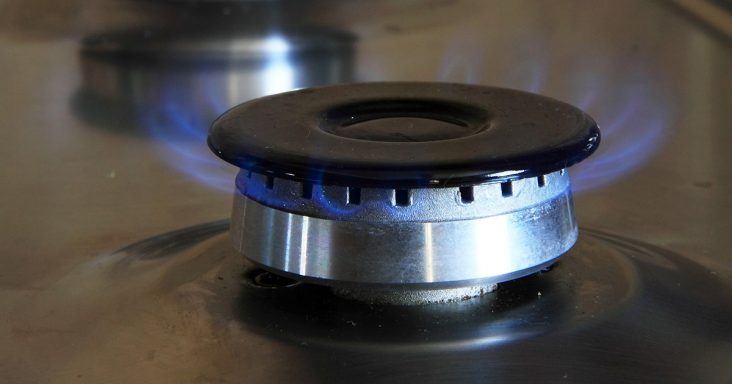Natural gas deliveries hit record levels in July amid rising LNG exports
by August 27, 2019 2:14 pm 512 views

Deliveries of natural gas to U.S. facilities that produce liquefied natural gas (LNG) rose to a monthly record of 6 billion cubic feet per day in July, according to data from OPIS PointLogic Energy. This amount accounted for 7% of total U.S. natural gas production.
Over the first seven months of 2019, deliveries of natural gas to LNG export facilities have been rising faster than in any other U.S. sector that consumes natural gas. Natural gas delivered by pipeline to Mexico and to U.S. LNG export facilities rose to 10.9 billion cubic feet per day in July, and over the first seven months of the year, the deliveries have risen 30% to an average of 10 billion cubic feet per day, from the same period in 2018.
The United States has been exporting more natural gas than it imports annually since 2017, and the exports are expected to continue to rise as more LNG facilities start operating, according to the U.S. Energy Information Administration (EIA).
U.S. LNG exports rose to record levels in June and July, at 4.8 billion cubic feet per day and 5.2 billion cubic feet per day, respectively, according to tanker loadings data from Bloomberg L.P. Natural gas deliveries to LNG export terminals were an average of 5.5 billion cubic feet per day in June and 6 billion cubic feet per day in July, and this implies that about 15% of the natural gas sent to the facilities was used as fuel in the liquefaction process.
The following liquefaction trains started operating in the first half of 2019: Cameron LNG Train 1 in Louisiana and Corpus Christi LNG Train 2 in Texas. Existing LNG export capacity is 5.4 billion cubic feet per day from four facilities and nine liquefaction trains. Two new LNG export facilities — Elba Island LNG in Georgia and Freeport LNG in Texas — will start to operation of their first trains over the next two months. The two facilities have been receiving natural gas since July in preparation for LNG production.
Remaining trains for the Freeport LNG are expected to come online in the second and third quarters of 2020. In 2020 and 2021, the remaining trains at Elba Island, Corpus Christi and Cameron are expected to be completed.
